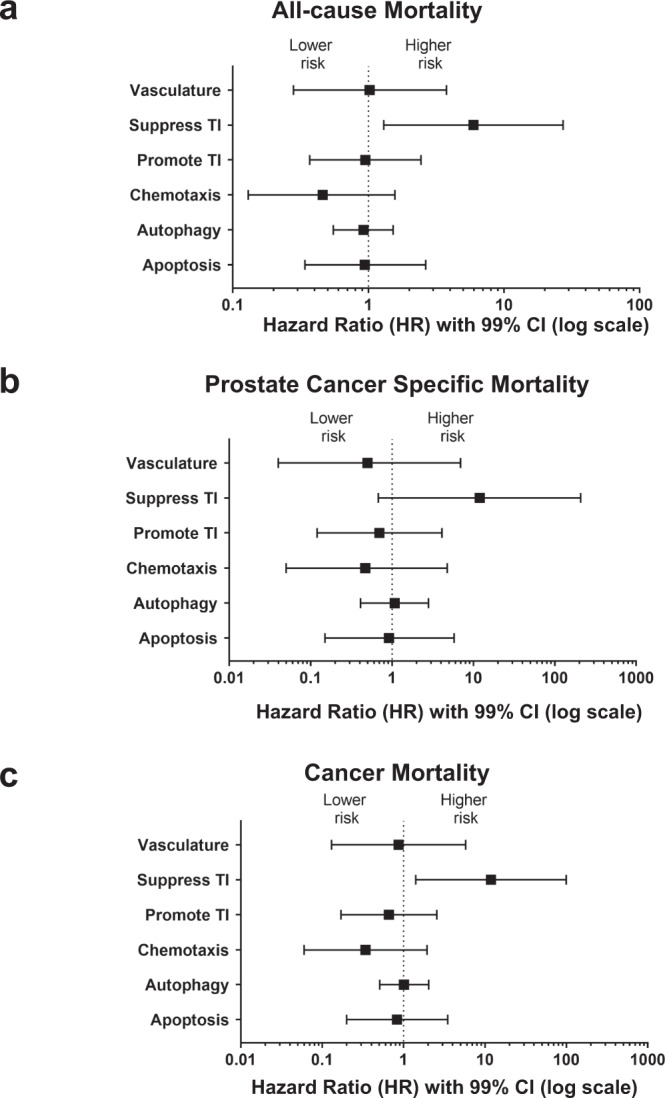Fig. 6. Suppression of the tumor immunity pathway associates with survival of prostate cancer patients.

We assessed the association of the six pathways defined by the 82 immune-oncology markers with all-cause mortality (n = 202), prostate cancer-specific mortality (n = 57), or mortality due to any cancer after a prostate cancer diagnosis (n = 103) out of the 819 prostate cancer patients followed. The pathway scores were evaluated as continuous predictor variables. Suppression of tumor immunity pathway was distinctively associated with all-cause mortality (a), prostate cancer-specific mortality (b), or a mortality due to any cancer after a prostate cancer diagnosis (c). Multivariable Cox regression analyses were used to assess if the pathways were independently associated with survival of prostate cancer patients in the NCI-Maryland study. For (a–c), the hazard ratios (HRs) were adjusted for age at study entry (years), BMI (kg/m2), self-reported race (AA/EA), education (high school or less, some college, college, professional school), income (<$10k, $10–30 K, $30–60 K, $60–90k, greater than $90k), smoking history (never, former, current), diabetes (no/yes), aspirin use (no/yes), treatment (0 = none, 1 = surgery, 2 = radiotherapy, 3 = hormone, 4 = combination), and NCCN risk score. The HRs indicate the change in risk of dying when the biological process z-score value increases by 1 while holding all the other biological processes’ z-scores and covariates constant. Data are presented as hazard ratios ± 99% confidence intervals. Source data are provided as a Source Data file. TI tumor immunity and CI confidence interval.
